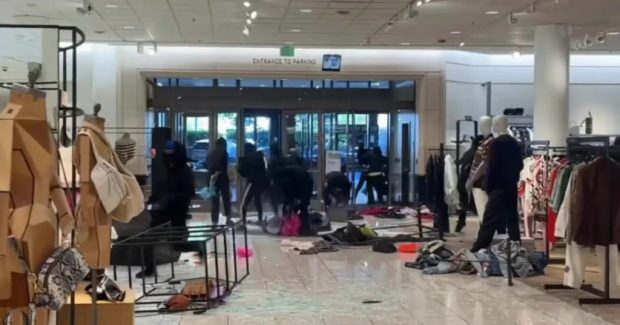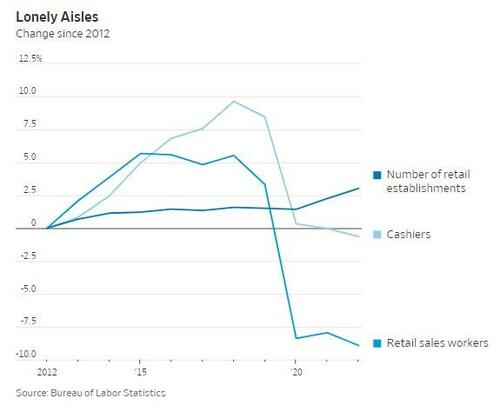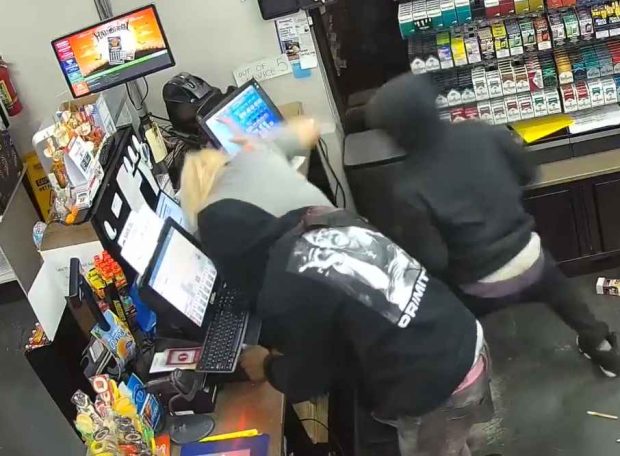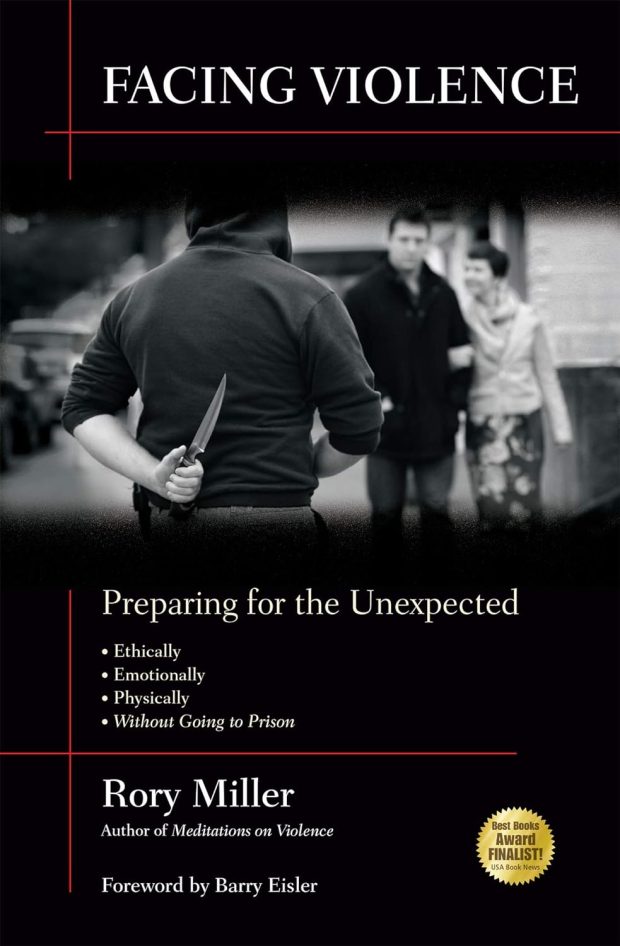I recently saw this video and it caused me to think about how common criminal attacks are fundamentally changing. Take a few seconds and watch the clip.
Surveillance video shows brutal attack on cashier in gas station robbery
Traditionally, the most likely criminal attack most folks would face looked like a single crackhead approaching in a public area with the intention of committing a robbery. The attacks happening today share very few similarities with those that happened five to ten years ago.
My late friend William Aprill often discussed changing perceptions. He said in order to plan a counterattack or act to prevent a particular attack, one had to first contemplate that such an attack could exist. He called it “making a parking space in your head” for the new reality. That’s what I’m trying to accomplish with this article. I want to show you what the most common kind of attacks look like so you can make the best plans to avoid or counter them.
Before I get into details, read these two articles to learn what is happening with regards to retail robbery around the country.
Flash Mob Robberies Are Not “Just Kids from Social Media.” They’re Organized Crime.

Locked Items, Self-Checkouts & Disappearing Staff: Rising Theft And Slowing Sales Eat Away At Retail

Now let’s look at how things are changing.
Multiple attackers- The attacks most people face are no longer from a lone drug user. In the attacks I’m researching, three attackers seem to be the bare minimum along with larger groups of 10 or more criminals working together on occasion. These criminals are organized and they have a plan to handle any resistance in the areas they are robbing. They also have lookouts and people assigned to confront witnesses and store security staff to ensure their robberies are unimpeded.
A merging of the distinction between process and resource predators. In the book Facing Violence, Rory Miller categorized predators as being two basic types. Resource predators are looking to take your things. It could be your watch, your purse, your car, or the goods stocked on a store shelf. Process predators aren’t interested in your stuff. They get pleasure out of the process of victimization. They revel in the act of causing pain and misery.
Historically, process predators have been comparatively rare. Most attacks were committed by resource predators. The bad guys wanted your stuff. They didn’t want to hurt you unless it was necessary to get what they were targeting. Today’s criminals seem to mix the two categories. They want your stuff, but they also take an obscene amount of pleasure in hurting you during the act of taking it.
Compliance will not guarantee your safety. Building on the point above, complying with the attacker will not necessarily keep you safe. In fact, it may embolden the criminals and make it more likely for them to physically attack or pepper spray you even after taking all your stuff.
In addition to the ASP video, go back and look at the video at the beginning of the article. The store clerk in that case did not resist at all. Despite the fact that she complied, the robbers selected one of their members to punch, kick, and stomp the woman for the duration of their crime.
Younger attackers. Today’s attackers are often young teens or even pre-teens. How would you feel about shooting or striking a 12-year old kid? Those kids know that you will hesitate more when attacked by a child. They also know that the court system isn’t likely to impose serious consequences for such young offenders. Are you prepared to shoot a kid if you have to?
Kids are impulsive and more prone to being negatively influenced by their peers. That makes their criminal attacks less predictable.
Logical reasoning and de-escalation won’t work. Lots of police agencies and self defense classes are currently focusing on teaching verbal de-escalation skills. In my experience, verbal de-escalation seldom works in attacks involving group violence. Your singular efforts to de-escalate can’t compete with the efforts of several other group members who are trying to escalate. The group demands violence for its amusement. You likely won’t be able to prevent that violence no matter what magic words you utter.
On video. Everything you do will be recorded. The criminals are recording their own attacks for amusement purposes. Almost all commercial public areas are covered by surveillance cameras. Everything you do in the middle of the chaotic attack will be reviewed by people who don’t understand criminal violence and have weeks or years of calm contemplation to decide if you’ve made the correct choice.
Many prosecutors aren’t interested in filing charges against the violent kids who attacked your or stole your stuff. They won’t hesitate a bit to prosecute you if you make what they perceive is an unreasonable self defense decision.
If you want some information about why these changes are happening and some thoughts about what you might do about it, I would suggest that you listen to Michael Bane’s recent podcast “Do You Have Enough Bullets?”

Because these attacks and your possible responses are incredibly situationally dependent, I’m hesitant to give particular tactical advice about avoiding or responding to these violent scenarios. Instead, I will suggest that if your self defense plans don’t include the factors I’ve identified above, you are likely to be poorly prepared for future events. If your instructors aren’t talking about these problems and preparing you for this new reality, you might consider asking them some pointed questions or finding some new trainers.
Stay dangerous.

Some of the above links (from Amazon.com) are affiliate links. If you purchase these items, I get a small percentage of the sale at no extra cost to you.


